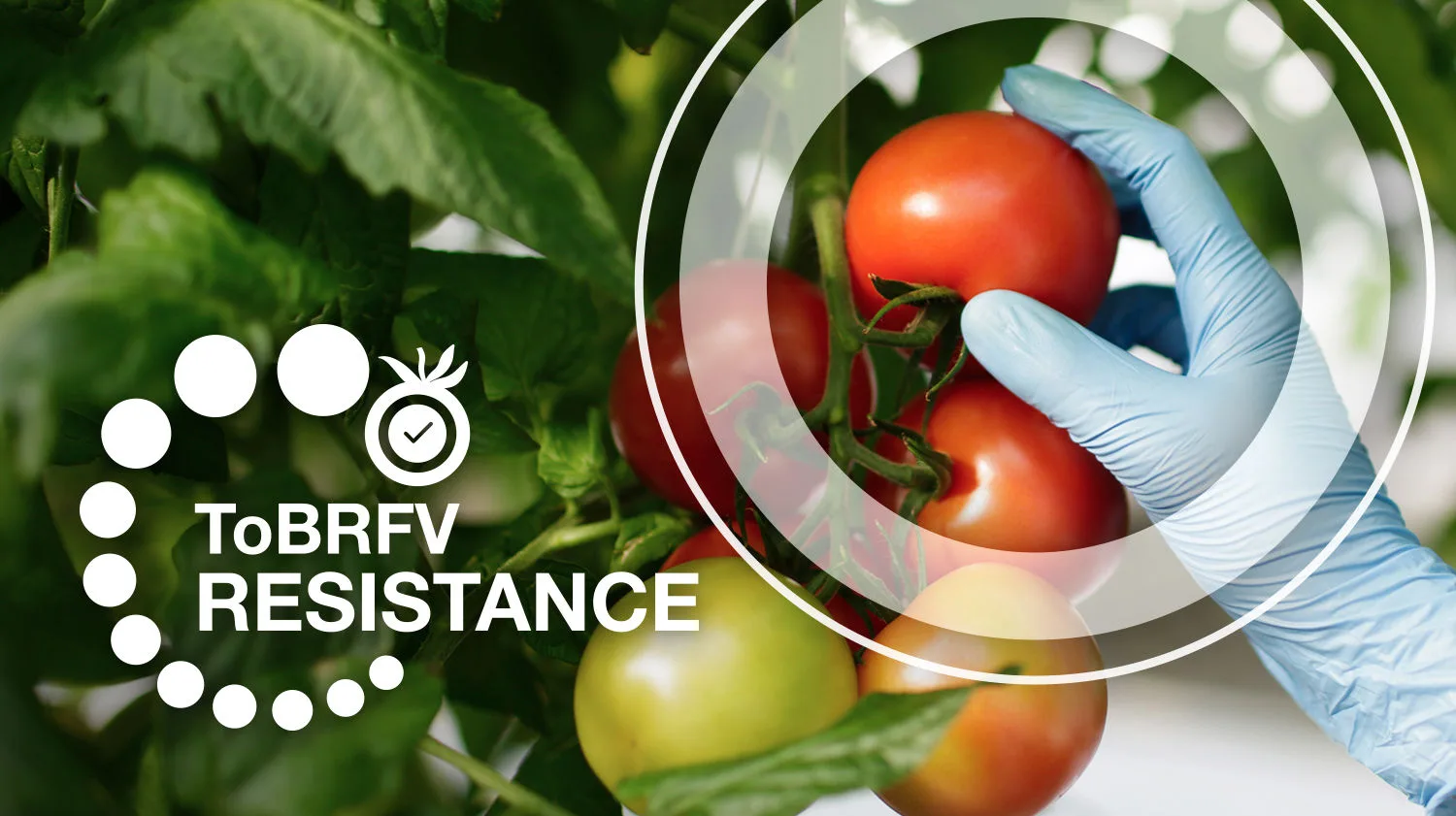Description
Pepper and eggplant leafhoppers are found in warm, dry regions worldwide. They are wedge-shaped, can be up to 3 mm (1/8 inch) long and are green to greenish-yellow to brown in color. Leafhoppers have a very wide host range, including numerous weeds and vegetables. Leafhoppers feed on phloem, leaving pale, circular spots or peppery specks on leaves. Adult females make hatch cuts across leaf veins and stems to insert eggs. Their life cycle can be completed in 40 to 45 days under favorable environmental conditions. Nymphs are similar to adults in appearance, except they lack fully developed wings.
The beet leafhopper, Circulifer tenellus, transmits Beet curly top virus to pepper. The virus is acquired and transmitted persistently by immature and adult stages of leafhoppers. Once acquired, the virus can be transmitted throughout adult life, but it is not passed to the next generation via the egg.
The cotton leafhopper or jassid, Hishimonus phycitis, is an eggplant pest in Asia. Leafhoppers feed on the undersides of leaves causing small, yellow patches. In severe attacks, interveinal yellowing and necrotic areas that resemble nutrient deficiencies develop. Infestation also causes a reduction in yield. Leafhoppers may transmit a phytoplasma that causes little leaf disease.
 Leaf symptoms caused by jassid feeding on eggplant
Leaf symptoms caused by jassid feeding on eggplant
 The cotton leafhopper or jassid
The cotton leafhopper or jassid




